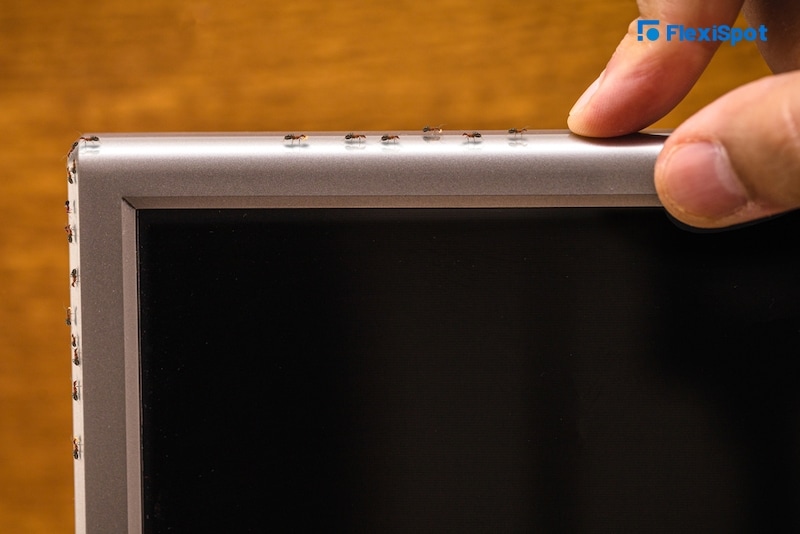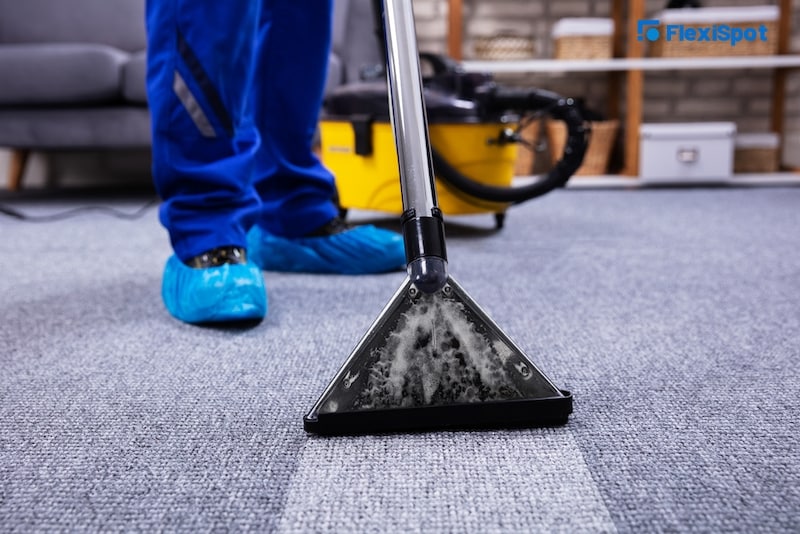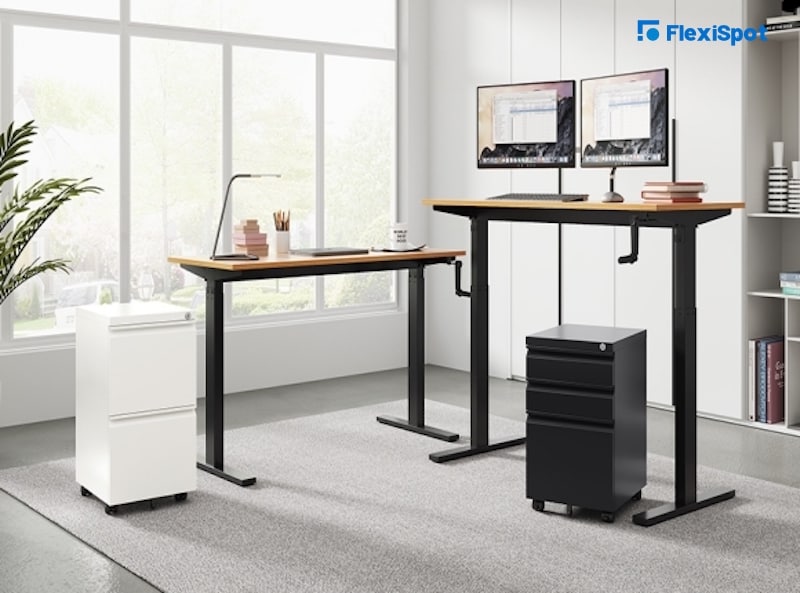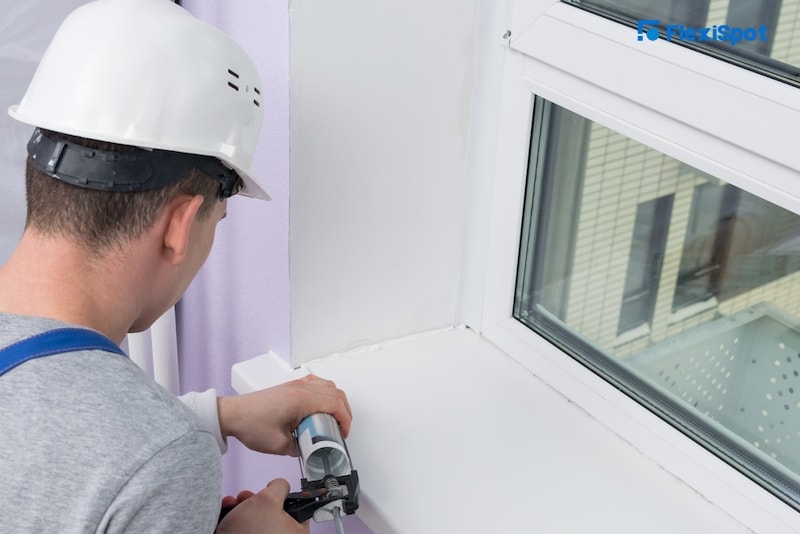The world has started opening up in 2021. Some offices have started hybrid set-ups, mixing work from home to in-office days. Some have sent their workforce back to the office. This means that more people would be spending time at headquarters again, workstations will be busy, electricity will be on, the pantry will be filled with employees, and the halls bustling with life. This also means clutter will be back, food will be in the pantry again, and trash will fill up bins once more. This can potentially invite unwanted visitors such as pests and bugs which can be a health risk for employees. And if the workspace is infested with pests, what impression will it leave the company?

There are many ways to keep these pests away, and it all starts with knowing what you’re up against. Here are some common office pests you have to be wary of.
Spiders - It’s no surprise to see spiders every now and then in the office. Why? Because they usually thrive in locations that are dry and warm aka your desk, the air vents in the office, and room corners. When there are spiders, that means there are insects around because the survival of spiders depends on eating insects.
Termites - Offices often invite termites because there’s paper and cardboard around. Termites also love wood, plants, and anything that contains cellulose.
Ants- It’s also not uncommon to see ants in the office. Of course, with people and food around, ants will slowly line up and troop together to where they sense the source is. You’ll probably see them a lot in the pantry or near trash bins where there are food leftovers, trash, etc.
Flies - Flies will be around when there is moist organic material in the office. Adult flies will lay their eggs somewhere moist.
Cockroaches - Another pantry resident of a dirty workplace is a cockroach. They will surely be where the food and water are. They will most likely take shelter in those areas where they could find food to survive.
Bedbugs - Bedbugs may reach the office through its employees and the clients that visit. Beware of bed bugs because they feed off people’s blood and multiply quickly in furniture, fabric, and cushions.
Rats and mice - In worst-case scenarios, offices may begin to have rodents when it’s dirty and full of clutter. Rats will usually appear at night and attack trash bins, food containers left open, leftover food, and dump areas.
Silverfish - You will spot these bugs around drains in bathrooms because they love the humidity there. You would eventually see them around the office, near starched cloth and book bindings.
Necessary Everyday Cleaning
While we don’t want these pests around, bugs and pests naturally thrive where there are people around leaving crumbs of food and clutter. You could manage and keep them away though by maintaining a daily clean-up habit.
Areas with carpets, mats, and hard floors must be vacuumed.
Do not leave spots and stains on furniture to dry and stay there forever. Wipe them off on any surface including walls, floors, and carpets.
Keep the dust off of horizontal furniture surfaces and then wipe it with disinfectant after.
When mopping hard floors, use disinfectant.
Automatic doors and internal glass must be wiped every day.
At the end of the day, all trash bins must be emptied.
Do not leave sinks, basins, toilets, urinals, etc dirty. Make sure to sanitize and clean after using.
Remember it should be a weekly routine to declutter; dust filing cabinets, shelves, and desks; wipe equipment with disinfectant including those used every day such as phones and keyboards; don’t forget to dust off heating vents, jambs, window sills; and replace curtains every two weeks. Every month, the refrigerator in the pantry should be cleaned including ceiling fans, vents, chairs, couches, and other areas that are hard to reach. Remove the buildup of gunk in pipes and make sure to watch out and fix leaks.
Require employee participation
Cleanliness in the office can only be achieved and maintained if there’s a clear consensus among all employees to maintain it clean.
There should be rules in place when using the sink and restrooms, personally decluttering one’s workstation, disposing of garbage, and possibly disallowing eating and drinking at one’s desk area. New hires should be informed of these rules while old employees must be reminded with notices and memos displayed in areas concerned.
If bedbugs surface, then it is most likely that someone brought them in. This can be discussed and resolved in a personal meeting between the human resources department and the employee in question.
In terms of pets, only those that are hygienic and bug-free must be allowed to enter and stay within office premises.
To support employees, they must be provided with mobile file cabinets, desk organizers, and storage shelves. All these will help declutter personal workstations and also provide storage solutions for paperwork and other items used and stored in the office.
In worst-case scenarios
There are cases when pest control is already needed. Daily cleaning won’t be enough already in this case.
Look for entry points of the pests and close all of them down. Cracks and crevices must be caulked. Steel wool must be used to plug spaces that are around pipes. The wire mesh should cover holes found.
All packages that are delivered should be inspected for pests.
All pipes and plumbing problems must be fixed immediately.
Use trash cans with tight covers and plastic containers that are sealed securely.
Now after all these and the office is still infested with pests, there should be other measures taken such as setting up insect light traps, installing flywire doors, and having rodent baits. Use pesticides as well. Vacuum surfaces that have been infested with bedbugs followed by a high-pressure steamer to kill eggs. Use contact and residual spray for frames that will kill bugs instantly and after several weeks respectively. Quill says to spray at least three times every two weeks.
When all else fails, call for professional help.


